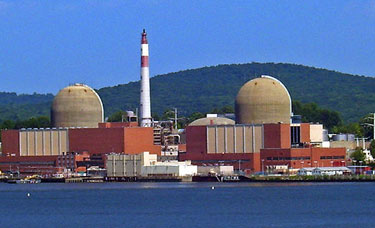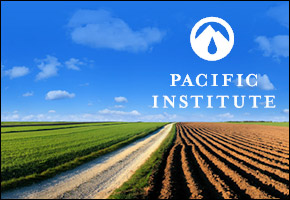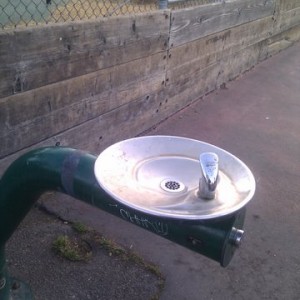Peter Gleick: Another Cost of Bottled Water — Environmental Injustice and Inequity
We’ve known for a long time that bottled water costs far more than safe, reliable, municipal tap water systems, with those costs falling on individuals, communities, and the environment. But there is new and growing evidence that the failure to provide safe drinking water, or the fear (or reality) of contamination in tap water that forces people to buy bottled water, imposes special financial burdens on poor and minority communities. Three new lines of evidence support these conclusions:
In March 2011, the Pacific Institute released a studylooking at some of the costs of contaminated drinking water in California’s Central Valley for low-income communities where groundwater is contaminated with high levels of nitrates. One of the major conclusions of this new study is that the costs of avoiding unsafe tap water were higher for low-income and minority households that were disproportionately affected by contamination. In the communities studied, the average total water costs for households took 4.6% of median household income, more than three times the affordability threshold for drinking water recommended by the U.S. Environmental Protection Agency (EPA). Much of this added cost was for bottled water purchases or the purchase of household filters. Additional costs, such as the possible increased health problems associated with drinking contaminated water, were not evaluated, but are real.
Now a new study has been published online in the Archives of Pediatrics and Adolescent Medicine (by M.H. Gorelick, L. Gould, M. Nimmer, D. Wagner, M. Heath, H. Bashir, and D.C. Brousseau) showing that even in areas with safe tap water, African American and Latino parents were three times more likely to give their children mostly bottled water compared to non-Latino white children, because of their belief that bottled water is safer, cleaner, better tasting, or more convenient. The economic implications of this also showed serious inequities: as a percentage of household income, whites reported median spending of 0.4% of their income on bottled water; African Americans and Latinos reported median spending to be more than twice as high. Similarly, African Americans and Latinos were more than twice as likely to report that they “had to give up other things in order to purchase bottled water.” The authors of the study conclude: “For poor families, the use of bottled water may lead to less availability of resources for other health needs, as suggested in our study by the rather striking levels of expenditure on water relative to household income.”
A third factor is recently released data on global and national sales of bottled water. While per-capita and even total sales of bottled water in many richer, developed nations like the United States and large parts of Europe have recently slowed or even declined, markets for bottled water in poorer developing countries are growing rapidly, because of fear of contaminated tap water, inadequate municipal water systems, and increased marketing on the part of bottled water companies. Sales of bottled water in Mexico, China, and parts of India, for example, are skyrocketing. Yet even in these countries, sales are pushed by richer segments of society, while the poor either continue to drink contaminated water and get sick or pay disproportionate shares of their limited income for alternative water supplies.
More must be done to reduce these inequities and ensure that everyone has access to affordable, safe tap water. Major investments are needed worldwide in high-quality and reliable tap water systems, especially in developing countries and in regions where the poorest populations are drinking contaminated water. Interventions to reduce bottled water use in the United States are also needed, especially in communities with disproportionately large expenditures for bottled water. These interventions should be based on the factors related to water use in these communities such as fear of the tap, concerns about health, and lack of information about tap water safety.
Peter Gleick
Originally published by the Huffington Post on June 9, 2011.








Leave a Reply
Want to join the discussion?Feel free to contribute!